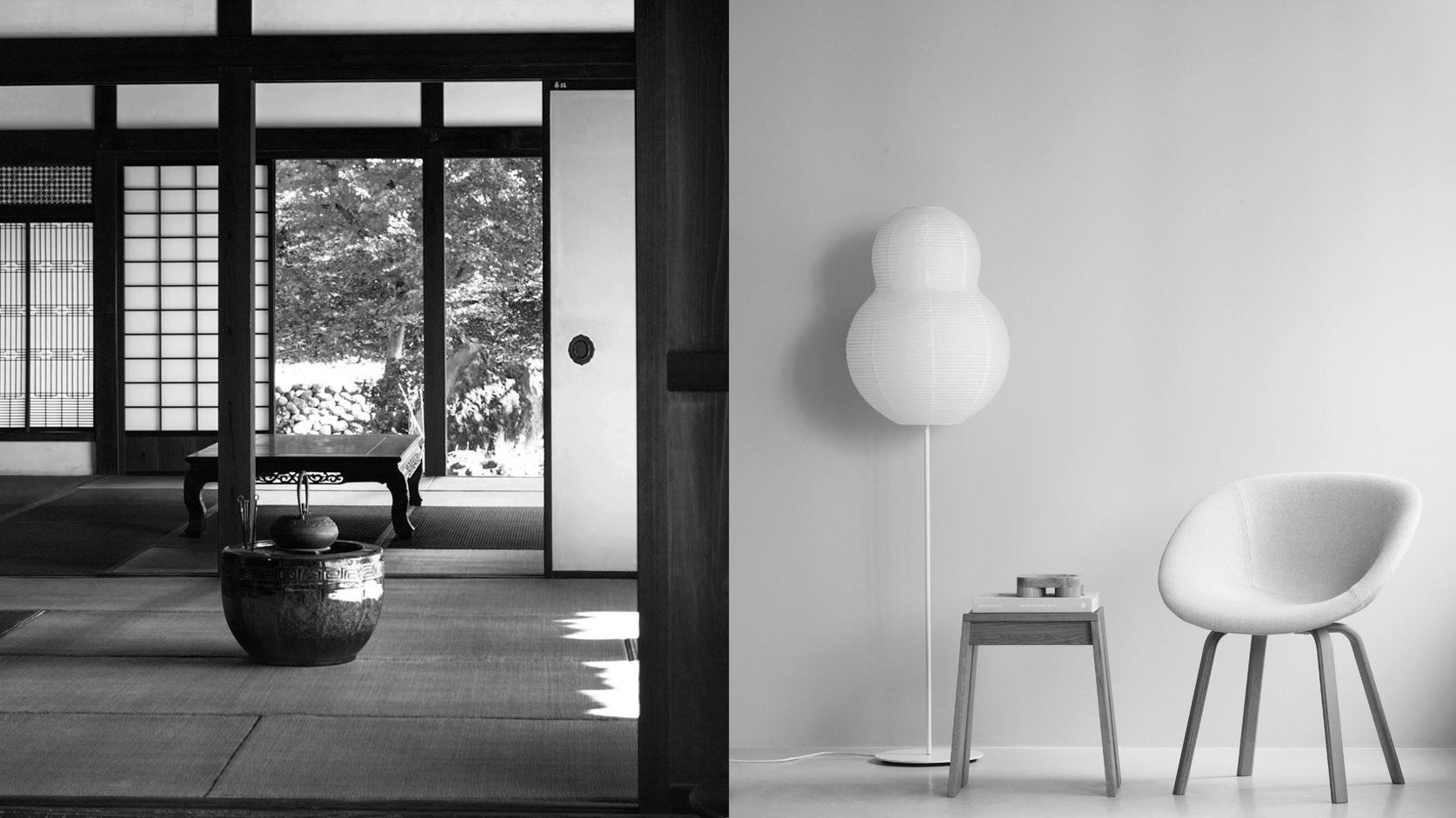Do you love green tea? Nestled in the mountains of southern Fukuoka Prefecture, Yame City is renowned for its lush green tea fields, deep-rooted traditions, and beautiful handcrafted arts. Known for producing some of Japan's finest tea, including the prestigious Gyokuro, Yame offers a unique blend of natural beauty and tradition. Whether you're a tea enthusiast, a lover of traditional crafts, or simply in search of a relaxing getaway, Yame City is the perfect destination. In this travel guide, let's explore what you can enjoy in Yame.
Yame Central Grand Tea Garden: The tea fields resemble a lush green carpet.
(Yame City Travel Guide: What to See and Do in Southern Fukuoka - dans le gris)
Explore Yame's Historic Streets and Traditional Architecture
Yame's story begins over 400 years ago, during the early Edo period, when Japan was emerging from the turmoil of civil war. As the country began to rebuild, many merchants and artisans settled in what is now the Fukushima district, right in the heart of Yame City. With business flourishing, these early settlers built workshops that also served as their homes, laying the foundation for Yame’s rich cultural and architectural heritage.
Today, a walk through the city center offers a fascinating look into this history. The streets are lined with well-preserved merchant houses, many featuring a unique half-timbered design, with wooden cladding at the lower levels and white plaster walls above. These traditional buildings still stand strong, offering a glimpse into Yame’s past.

These traditional buildings remain well-preserved, offering a window into Yame’s rich history.
As you stroll down the historic main street, you’ll encounter beautifully restored houses and shops, some of which are still in use today. If you wander a little further, you’ll find artisans at work, creating traditional paper lanterns and other local crafts. This thriving craft scene is part of a new generation’s effort to preserve Yame’s heritage and continue its artistic traditions.
Walking through Yame’s historic streets is like stepping into a living museum, where the charm of the past blends seamlessly with the present, creating an unforgettable atmosphere.
For a deeper experience, consider staying overnight in a traditional machiya. Some hotel chains have renovated these charming townhouses into high-end accommodations, offering a taste of traditional living with modern comfort. Other machiya are also being renovated to provide a similar experience, allowing you to fully immerse yourself in Yame’s rich cultural atmosphere.
(Yame City Travel Guide: What to See and Do in Southern Fukuoka - dans le gris)
Yame Tea: Enjoy Japan's Finest Green Tea
Yame is renowned for producing some of Japan's finest green tea, including Gyokuro, one of the most prestigious and sought-after varieties. The region's tea cultivation has a long history, dating back over 600 years, making Yame one of the earliest areas in Japan to embrace the art of tea growing. This deep-rooted tradition has helped establish Yame as a key player in Japan's tea culture and production.
Yame tea, or Yamecha, is cultivated primarily in Yame City, located in Fukuoka Prefecture, as well as in the surrounding areas of Chikugo City, Hirokawa Town, Ukiha City, and Asakura City. Although Yame tea accounts for about 3% of Japan's total green tea production, it holds a remarkable 45% share of the nation’s annual Gyokuro production, underscoring its importance in the Japanese tea industry.

Yame is renowned for producing some of Japan's finest green tea, including Gyokuro.
The origins of Yame tea trace back to the early 14th century, when the Zen priest Eirin Suzui introduced the first tea plant to the region from China. This event marked the beginning of Yame's journey as one of Japan's key tea-growing regions. Over the centuries, local farmers refined their techniques, adapting to the unique climate and terrain of the area.
What sets Yame tea apart from other green teas is its distinctive sweetness and low astringency. These qualities are achieved through a meticulous and labor-intensive shading process. Unlike most green teas, the tea plants in Yame are covered with cloth or straw mats for several weeks before harvest. This shading encourages the plants to produce higher levels of theanine, an amino acid responsible for the tea’s umami flavor and its characteristic smoothness. The result is a tea that is both rich in flavor and smooth on the palate, with a balance of sweetness and depth that makes it highly prized among connoisseurs.
In addition to Gyokuro, Yame is also famous for producing other premium teas such as Sencha and Matcha, all of which reflect the region’s commitment to quality and traditional craftsmanship. Yame’s expertise in tea cultivation, combined with its unique production methods, continues to make it a prominent name in the world of Japanese tea.
(Yame City Travel Guide: What to See and Do in Southern Fukuoka - dans le gris)
Experience the Timeless Crafts of Yame
In addition to its renowned Yame tea, the city of Yame is also famous for its rich tradition of crafts, including Yame Lanterns (known as Yame Chochin in Japanese), paper-making, incense sticks, washi paper, and many more. The area's importance as a cultural hub has attracted skilled craftsmen over the centuries, leading to the flourishing of various artisanal practices. Today, these traditional crafts remain alive and well, thanks to the dedication and craftsmanship of local artisans who preserve these age-old techniques.
One of the standout traditions in Yame is the creation of Yame Chochin lanterns, which were first introduced around 200 years ago. During this period, lanterns were indispensable for lighting in Japanese homes and played an essential role in daily life, particularly during festivals and nighttime activities. Today, Yame is known for producing the largest volume of these lanterns in Japan.

One of Yame's most notable traditions is the creation of Yame Chochin lanterns, which originated around 200 years ago.
The raw materials used in crafting Yame Chochin are sourced from the natural abundance of the Yabe River. Bamboo is harvested to form the frame of the lanterns, while the delicate paper that covers them is made from Japanese washi paper. To light the lanterns, traditional Japanese candles are used, staying true to the original materials that were employed centuries ago. Although the production of lanterns using thin bamboo strips and washi paper has decreased over time due to modern alternatives, the method of crafting them has remained largely unchanged, preserving the authentic artistry of Yame Chochin.
Beyond lanterns, paper-making is another deeply rooted tradition in Yame's craft heritage. Yame Washi, a type of handmade paper, boasts a proud 400-year history in the city. Unlike machine-made paper, Yame Washi is known for its strength, durability, and unique texture. Artisans handcraft it using Kyushu mulberry, a process that ensures the paper lasts longer and retains its beauty. Like Yame Chochin lanterns, Yame Washi is created using techniques that have been passed down through generations. Yame's dedication to preserving and promoting these crafts ensures that traditional arts continue to thrive, playing an important role in the cultural and artistic life of the region.
(Yame City Travel Guide: What to See and Do in Southern Fukuoka - dans le gris)
Read More Travel Articles:
• Itoshima's Sakurai Futamigaura: A Perfect Fukuoka Day Trip for Sunsets and Beaches
• Raizan Sennyoji Daihioin Temple: Fukuoka's Ancient Temple with a 400-Year-Old Maple Tree
• Tokyo Art Museum Guide: Top 10 Museums You Must Visit
• The Green Beauty of Rurikoin Temple in Early Summer
(Yame City Travel Guide: What to See and Do in Southern Fukuoka - dans le gris)
About Us
Dans Le Gris is a brand that began with everyday jewelry, with each handmade piece designed and crafted in Taiwan. We deeply value every detail, dedicating ourselves to creating timeless pieces through collaboration with experienced craftsmen.
In our journal, we provide irregular updates featuring articles about art, culture, and design. Our curated content encompasses diverse aspects of life, with the aspiration to offer meaningful insights and inspiration.






